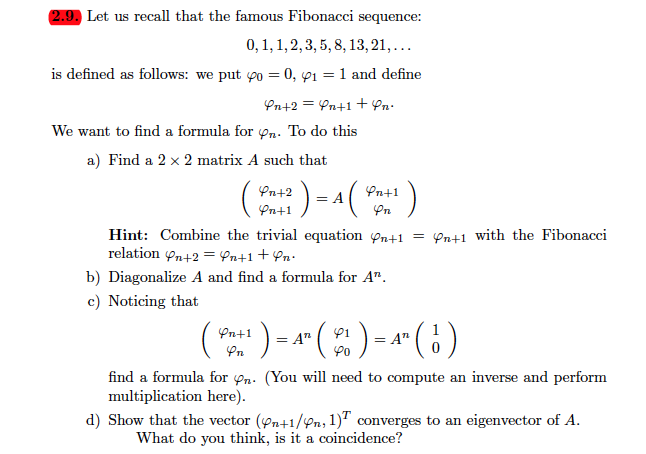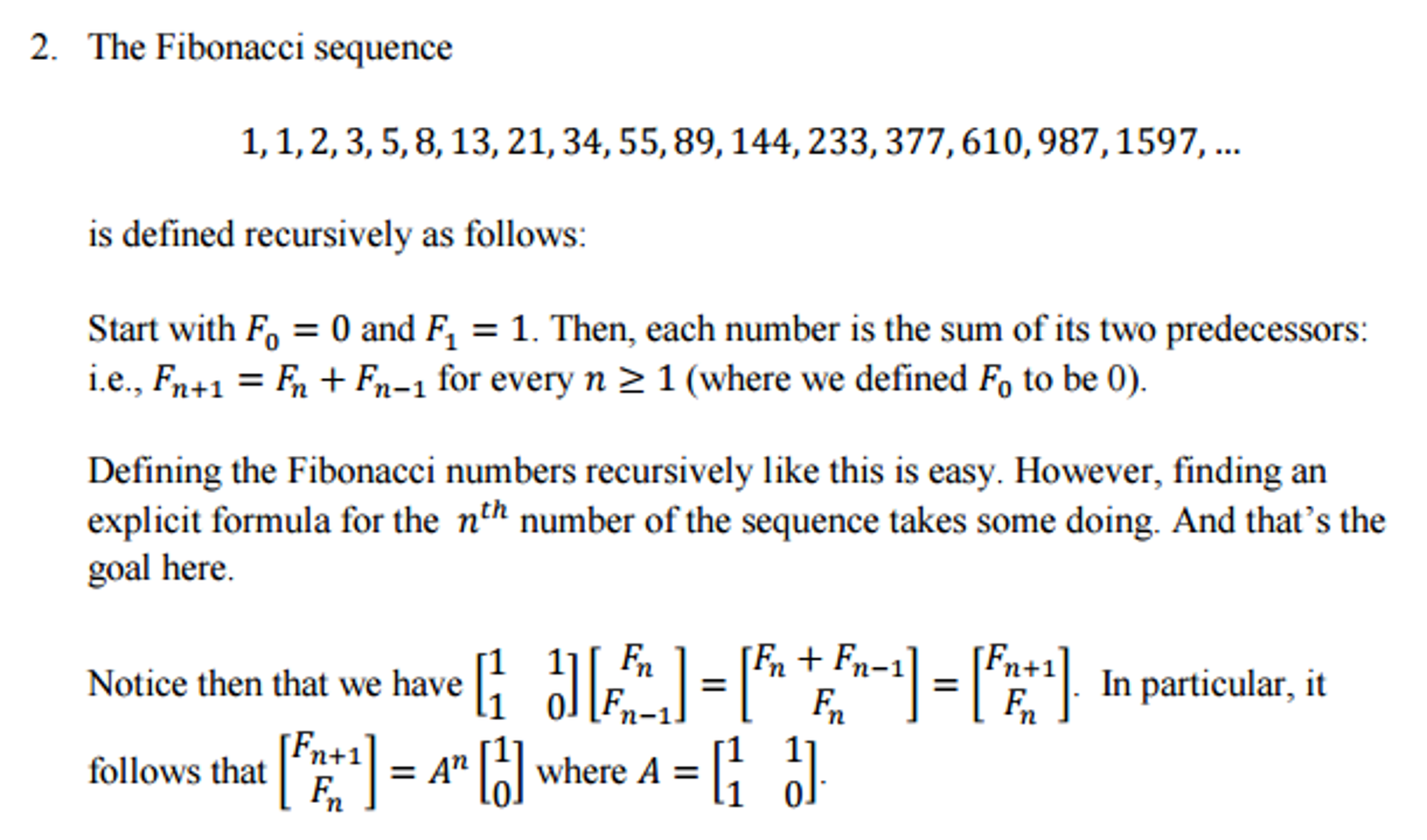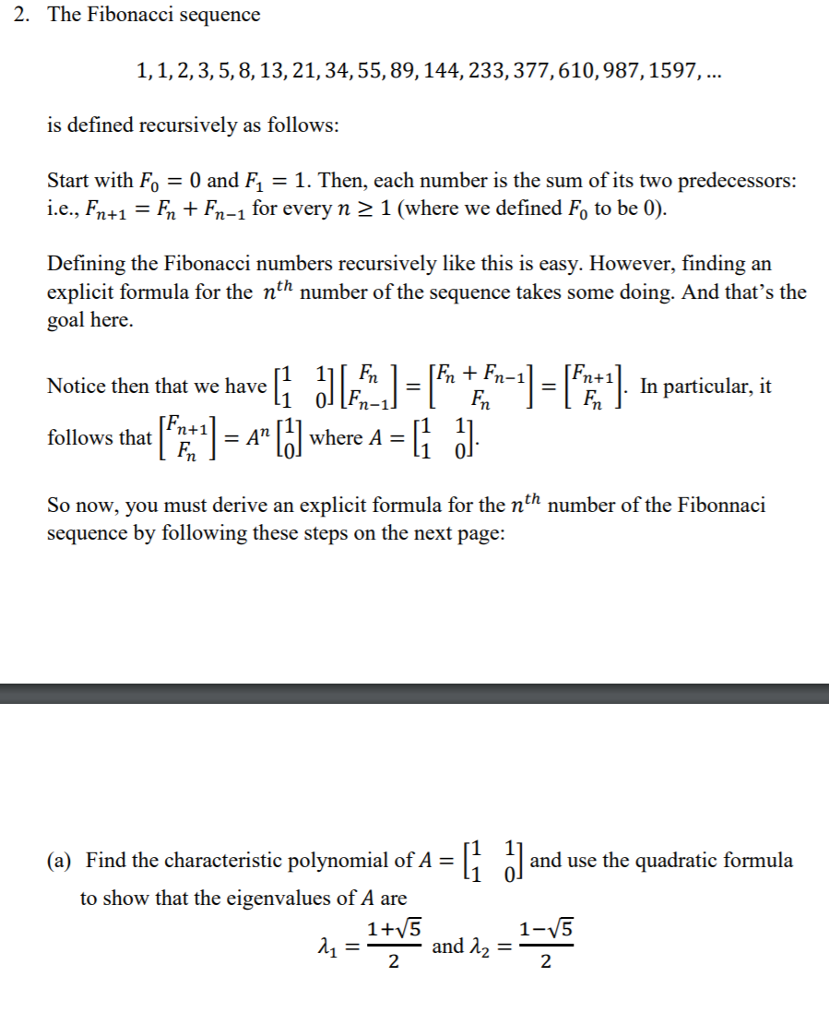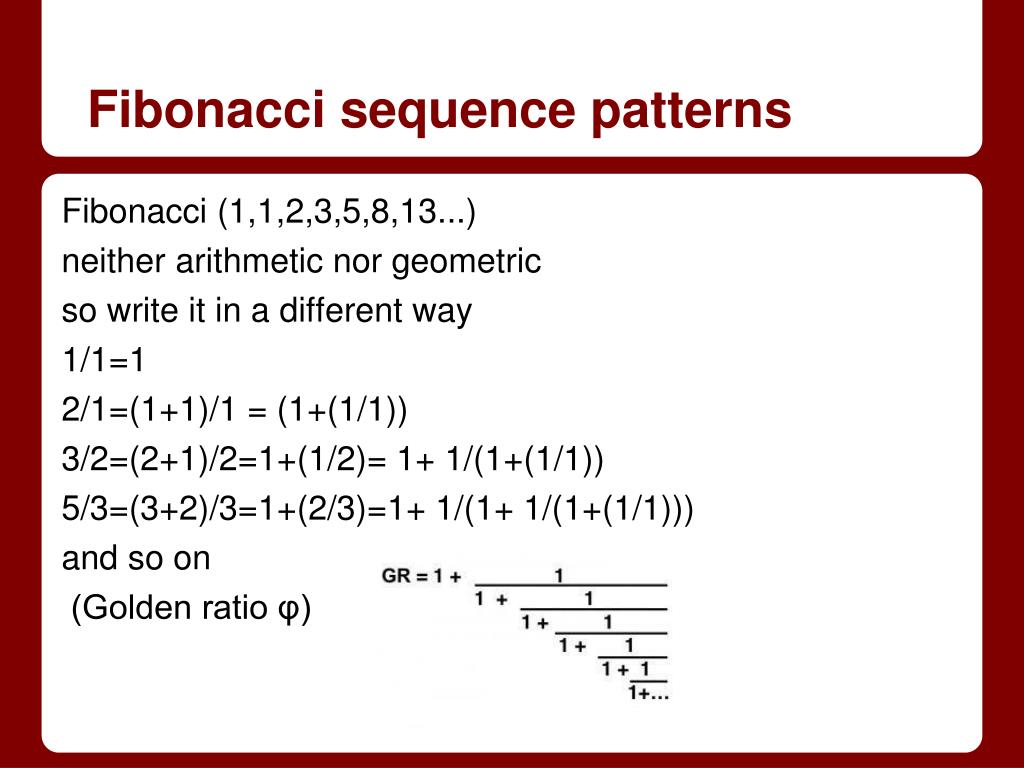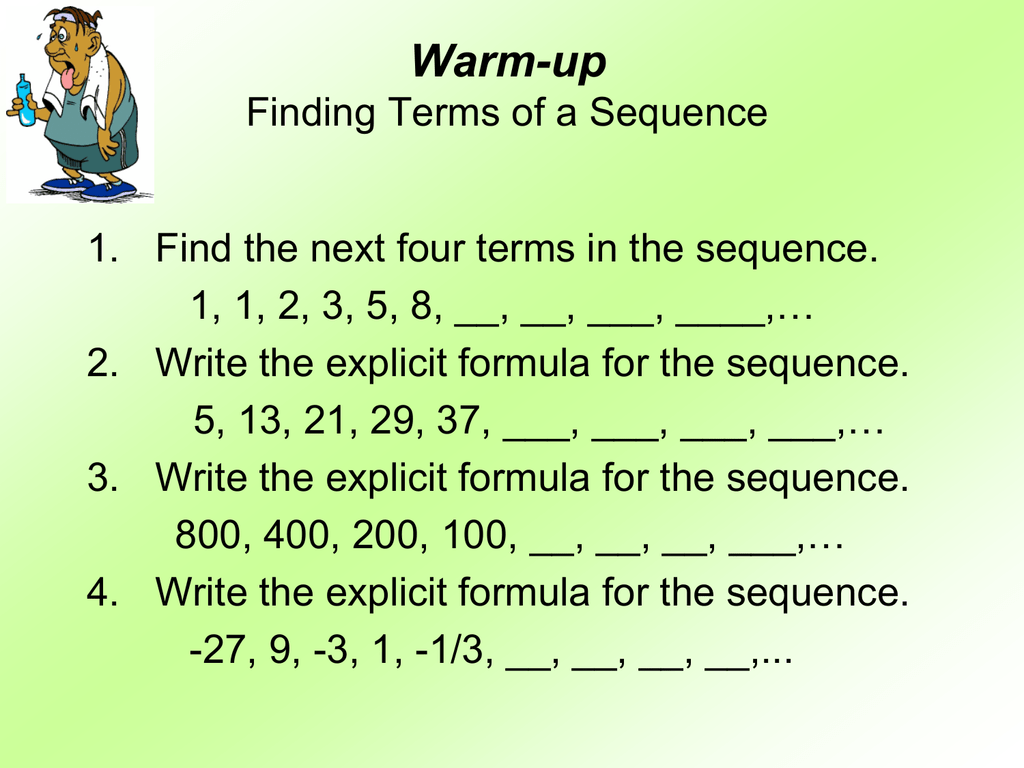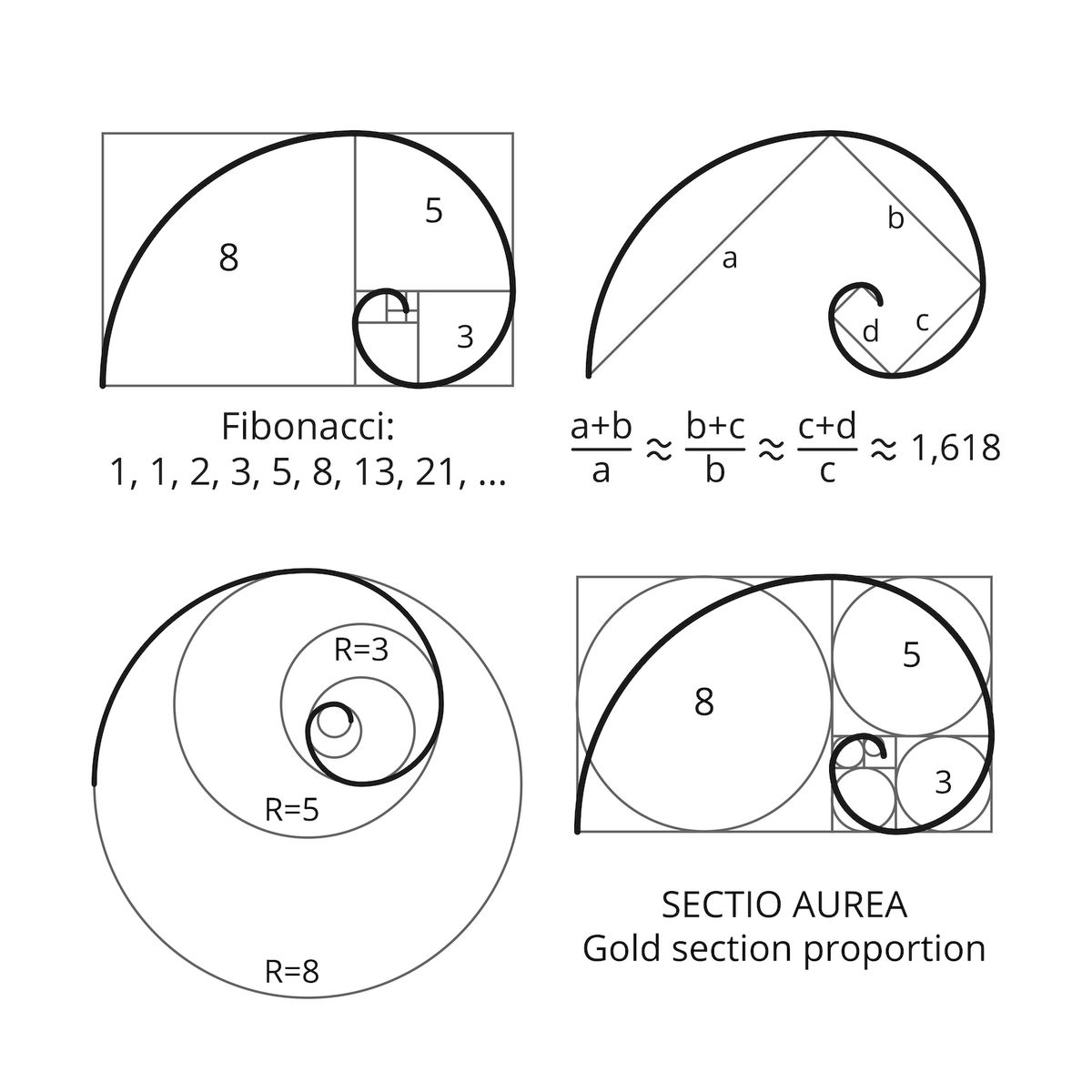1 1 2 3 5 8 Formula

The partial sums of 1 2 4 8 are 1 3 7 15.
1 1 2 3 5 8 formula. If you plug these numbers in you get. It means the previous term as term number n 1 is 1 less than term number n. Now what does x n 1 mean. Go behind the scenes and get analysis straight from the paddock.
Therefore any totally regular summation method gives a sum of infinity including the cesàro sum and abel sum. Since these diverge to infinity so does the series. 0 1 1 2 3 5 8 13 21 34. The fibonacci sequence is the series of numbers.
The partial sums of the series 1 2 3 4 5 6 are 1 3 6 10 15 etc the nth partial sum is given by a simple formula. The next number is found by adding up the two numbers before it. X 6 x 5 x 4. Quickmath allows students to get instant solutions to all kinds of math problems from algebra and equation solving right through to calculus and matrices.
X 6 x 6 1 x 6 2. Which is the same formula as before. And x n 2 means the term before that one. And instead of having exactly n items in 2 rows for n 2 pairs total we have n 1 items in 2 rows for n 1 2 pairs total.
Patterns in the fibonacci numbers the final digits here are some patterns people have. Let s try that rule for the 6th term. . You can easily evaluate f 2 from f 1 1 and f 3 from f 2 2 by this formula and see that they give f 2 3 and f 3 5.
On the other hand there is at least one generally useful method that sums 1 2 4 8 to the finite value of 1. So term 6 equals term 5 plus term 4. We already know term 5 is 21 and term 4 is 13 so. Don 39 t miss a formula 1 moment with the latest news videos standings and results.
Then if you are familiar with proof by induction you can show that supposing the formula is true for f n 1 and f n then it must also be true for f n 1 by showing that adding the formula s expressions for f n and f n 1 gives the formula s expression for f n 1.
